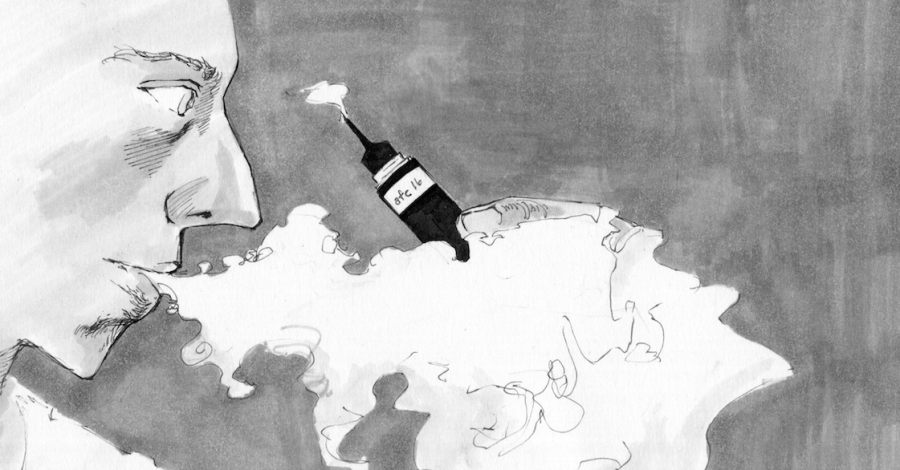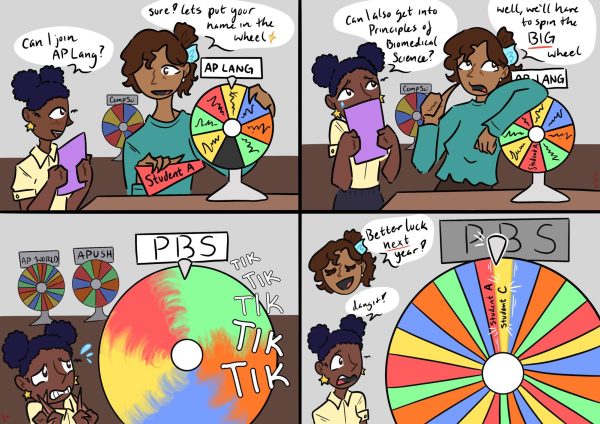E-cigarettes dangerous, too
E-cigarettes are a dangerous substitute to other tobacco products.
Clever advertising and fun flavors are deceiving, leading consumers to believe that this tobacco product is somehow safer than the others.
This is not true. E-cigarettes, or electronic cigarettes, allow the user to inhale liquid nicotine and exhale water vapor, which still contains most of the toxic chemicals present in a traditional cigarette.
It is important that consumers treat e-cigarettes like any other harmful tobacco product.
E-cigarettes are controlled by Big Tobacco, and like other tobacco products, obsession with profit comes before consumer health.
It should be no surprise, then, that any seemingly positive aspect of e-cigarettes should be viewed warily by consumers.
As a nation, we need to take the appropriate steps to avoid an e-cigarette epidemic in this country.
First, we should start by examining the history of tobacco and advertising and compare it to e-cigarette ads.
Second, we need to ban the advertising of e-cigarettes on the Internet in order to try to curb the number of new people using this popular new product.
The Public Health Cigarette Smoking act of 1969 only applied to all forms of media that were existent at the time.
Forms of media today have expanded since 1969 and maybe we need to amend this law in order to get with the times.
Today, people get most of their information online and maybe we need to ban advertising of e-cigarettes and other tobacco products online. Until November 2014, e-cigarettes could still advertise on television and radio.
But the addition of an online ban is necessary since children 8-18 spend 44.5 hours a week on average surfing the web, according to iKeepsafe.org.
E-cigarette advertising seems very similar to traditional cigarette advertising in many ways.
They tend to have a beautiful person who is holding an e-cigarette and asking the smoker to try the product.
Tobacco advertising has always had sex appeal in order to try to make the interested buyer feel as though he or she would be cool if they tried smoking.
Sex appeal targets the older consumer or traditional smoker to try a new tobacco product. This type of advertising is aggressive and very convincing.
Another large issue is that people have been interpreting e-cigarettes as a safer alternative to smoking traditional cigarettes, according to USA Today.
Scientists say otherwise because the usage of liquid nicotine can be poisonous.
E-cigarettes are an unlicensed product and use liquid nicotine, which can be more harmful than traditional cigarettes, according to theguardian.com.
What is the most disgusting about this futuristic tobacco product are the flavors in which it comes. Fun flavors only make trying a tobacco product more enticing for underage users.
Products on vapor4life.org that may appeal to children include, cinnablaze, which is cinnamon flavor, vanilla, waffle, peanut butter cup, peach cobbler, caramel, chocolate smoothie and white chocolate. The list of traditional American sweets goes on and on.
A government-funded study asked 22,000 students from middle and high school if they have ever used tobacco products and what type, according to cbsnews.com.
The study concluded that there has been a decline in traditional cigarette use and an increase in the usage of e-cigarettes and hookah pens, which are electronic vaporized smoking devices that look similar to a pen.
More that 13 percent of the kids who responded to the study said they use e-cigarettes and 9.2 percent use traditional cigarettes.
If we are trying to protect our children from the dangers of e-cigarettes, then we need to take more serious actions in order to combat the advertisement machine that is attracting more people to jeopardize their health. Smoking leads to the deaths of 480,000 people on average every year, and it is time to become more aware of the dangers of e-cigarettes.
Our country needs to amend the 1969 law which bans advertising of tobacco products through media to also include the Internet as a tool of media.
If we as a people take these necessary steps, we can work to curb the tobacco industry’s hold on our nation.



